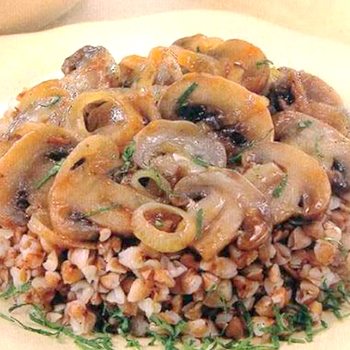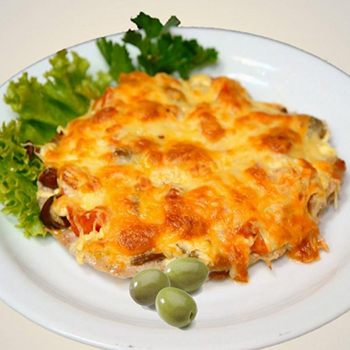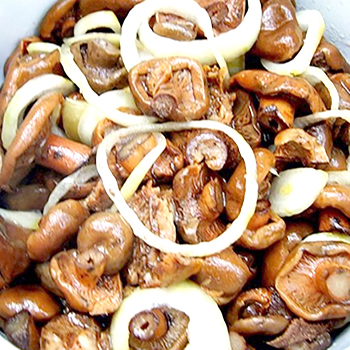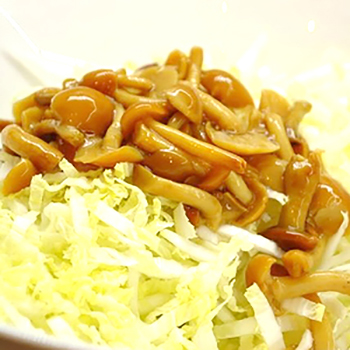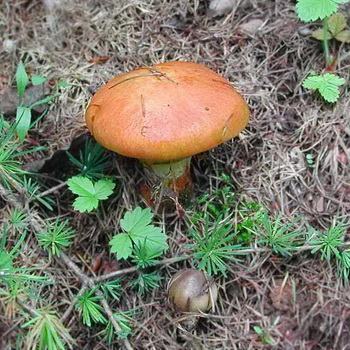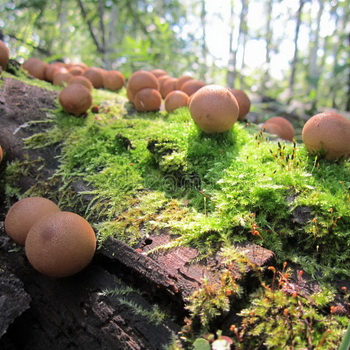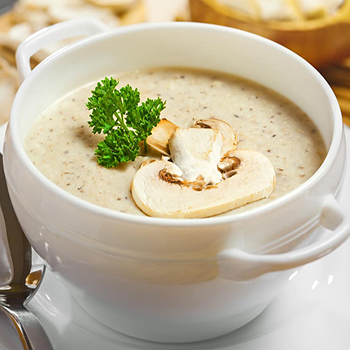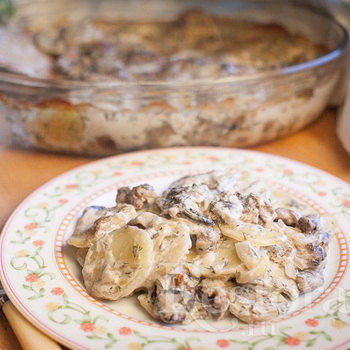Where many mushrooms grow in the Moscow region: photos and timing of collection in the Moscow region
 The Moscow region is very popular for collecting a wide variety of mushroom species. Families of honey agarics are considered special among lovers of "quiet hunting", because they can be quickly collected.
The Moscow region is very popular for collecting a wide variety of mushroom species. Families of honey agarics are considered special among lovers of "quiet hunting", because they can be quickly collected.
When does the honey agaric season begin in the Moscow region and where to look for them?
Honey mushrooms in Moscow begin their fruiting season in August and September. During these periods, these fruiting bodies grow more than in others. Honey mushrooms in the Moscow region can be found in forests and plantations in all directions along the Moscow railway. Let's take a closer look at where to collect honey mushrooms in the Moscow region and the Moscow region?
The most favorite places for honey agaric growth are the stumps of felled trees, fallen trunks or dying trees. Sometimes these fruiting bodies can choose a meadow for themselves. This suggests that there are roots under the ground from a stump that was once a tree. Honey mushrooms in the Moscow region are permanent mushrooms and do not like to "move" from one place to another. If you find their "family" on a stump or tree, you can safely come here next year and take a rich harvest. Honey mushrooms will grow in this place until the stump becomes completely rotten.
To have an idea of when to pick mushrooms in the Moscow region, you need to know that they differ not only in appearance, but also in the time of appearance. For example, several types of honey agaric grow on the territory of the region: meadow, summer, autumn and winter. Each of them ripens at a certain time and its yield will depend on weather conditions. We offer you to see a photo of honey agarics in the Moscow region, showing how each type of these mushrooms differs:


Honey mushrooms can often be found after warm summer rains in mixed forests, birch groves, as well as in spruce forests and pine forests. It turns out that the relationship between individual tree species and fungi is of great importance. Such symbiosis is very useful for fungi, but trees sometimes suffer. For example, edible autumn mushrooms love to settle on trees, which is harmful to them, because they die over time. But winter mushrooms grow only on stumps, broken branches and trees blown down by the wind.
Now let's talk about one direction in the Moscow region, where there are many honey agarics - Kazanskoe. On the territory of the Gzhel station (just 5 km from the villages of Konyashino and Minino) there is a forest area, in which there are many not only honey agarics, but also boletus, boletus, boletus, and morels. From the Shevlyagino station, located just 2 km from the settlements of Shabanovo and Averkovo, you can find many different types of mushrooms, including autumn mushrooms. If you get up at the Kuzyaevo station, then on both sides of the railway tracks there is a forest, from which it is impossible to leave empty-handed.

When does the honey agaric season begin in the Moscow region, and which months are best for harvesting these fruiting bodies? According to the mushroom calendar, the first half of June is considered the moment of harvesting spring mushrooms, but autumn ones begin in mid-August, their collection continues until the end of October. Experts call August and September the most mushroom months for the Moscow region. During these months, the growth of summer honey agaric continues and autumn species are already beginning. Until November (if the weather is warm), you can collect honey mushrooms. By the way, the winter species of honey agaric has no false counterparts. Therefore, you can safely go to the forest for these mushrooms, which with bright yellow-orange colors dilute the dull picture of winter.
Are there mushrooms in the Moscow region in the Yaroslavl direction?
Some novice mushroom pickers ask if there are mushrooms in the Moscow region in the Yaroslavl direction? For example, if you get up at the Pravda station,then on both sides of the railway down to 3 km you can pick up many different mushrooms. If you move east to the village of Nazarovo, you will find not only honey mushrooms, but also chanterelles, russula. In the opposite direction to the village of Stepankovo there is a forest, where, as the locals assure, you will find porcini mushrooms, boletus, boletus and honey agarics.
Experts believe that the most ecologically clean area of the Moscow region is the forests near the Pushkino station. Here, what kind of mushrooms you find will depend on your persistence and desire. Near the Klyazma River there is the village of Krasnoznamensky, from which you can walk only 2 km and find yourself in a mushroom "paradise". If you get up at the Ashukinskaya station and cross the railway tracks, then going deeper into the thicket, you will collect aspen mushrooms and autumn mushrooms. Nearby is the Vyaz River, where you can swim and relax on the shore.
Where else can you find honey mushrooms in the Moscow region?
Honey mushrooms in the Moscow region can be collected in the thickets near the villages of Novovoronino, Martyankovo, Golygino, as well as Vysokovo, Shapilovo and Morozovo. Locals claim that when you enter the forest, you immediately come across some kind of mushroom. In the forests near the highest waterfall in the Moscow region - Gremyachy, there are many mushrooms, including honey agarics. This region is relatively humid and warm, and honey mushrooms love this climate. However, the deciduous forests stretching from the 43 km platform are considered the most mushroom routes. Here you can move along forest paths to the village of Mitropolye, then along the banks of the Vyaz River to the very village of Eldigino, and then to the village of Darino. The route will be long, about 16 km, so for fans of "mushroom" it is worth taking with you not only food and water, but also a compass.
Are there other places in the Moscow region where honey mushrooms grow? For example, in woodlands along the banks of the Skhodnya River, not far from the settlements of Korostovo and Ivanovskoye, which are located near the Podrezkovo station. Or near the Firsanovka station, around which there is a forest. You can get up right at the station and walk along the train tracks on both sides. Or across the Goretovka river, moving towards the village of Ruzino, which is near the Pyatnitskoye highway. If you get up at the Berezki Dachnye station, then after walking just 1.5-2 km from the railway deep into the forest, you will be able to collect more than one bucket of honey agarics.
Where to find honey mushrooms in the Moscow region for novice mushroom pickers in the Gorky direction? From the capital to the station "Fryazevo" can be reached by train in just an hour. From the station to the nearest forest you need to walk 2-2.5 km. You can go eastward to the villages of Golenishchevo and Dulepovo, and you can go westward to the villages of Vvedenskoye and Marfino. In addition to honey agarics, there are a lot of boletus, boletus, chanterelle and boletus.
If you go in the Paveletskoye direction, then get up at the station "White Pillars" and go to the village of Shebantsevo, which is just 3 km from the station. To the west of the Barybino station, beyond the settlement of Rastunovo, as well as not far from the villages of Uvarovo and Yusupovo, located on the banks of the Severka River, there are large forests. In these forests, you can freely pick up boletus, porcini mushrooms and honey agarics.
One of the most mushrooming routes are mixed forests near the village of Elino, not far from the Firsanovka station. In the opinion of many, this is really the edge of honey agarics, mushrooms and brown mushrooms.
Where are honey mushrooms in the Moscow region now collected?
Therefore, knowing where to look for honey mushrooms in the Moscow region, you can safely equip yourself properly, take a basket, a knife, a light snack and a compass, and go to one of the districts for a forest harvest.
Where are honey mushrooms now collected in the Moscow region, in what areas and forests? Now in the forest you can only collect winter mushrooms, which grow on rotten stumps and fallen trees. There are no big frosts anymore, the winter mushrooms came out of hibernation and began to grow again. Of course, this species of honey agaric does not grow so much in these territories, but it is quite possible to find them.Moreover, their red-orange color is visible far away in the gray and gloomy forest. In addition, the nutritional value of winter mushrooms is in no way inferior to autumn ones. Some mushroom pickers say that they found winter mushrooms in Serpukhov and Vashira, as well as in the area of Kubinka, Zagorsk and Dmitrov.
When will honey mushrooms appear in the Kolomensky district of the Moscow region?
Many mushroom pickers are interested in whether there are mushrooms in the Kolomensky district of the Moscow region? We can say with confidence that in mixed forests, where coniferous and deciduous trees grow in almost equal proportions, there are not only honey mushrooms. Landmarks are called the village of Kolodkino, which is located just 8 km from the outskirts of the city of Kolomna. The villages of Provodnik and Borisovskoye are also landmarks for mushroom routes.
A lot of honey agarics grow in the Serebryano-Prudsky district, not far from the village of Uzunovo. Local residents call this forest area "Lapinsky forest", as winter mushrooms grow here in large quantities.
Now, knowing the information when mushrooms will appear in the Moscow region and where to collect them, you just have to wait for the harvest season and boldly go on a "quiet hunt".

